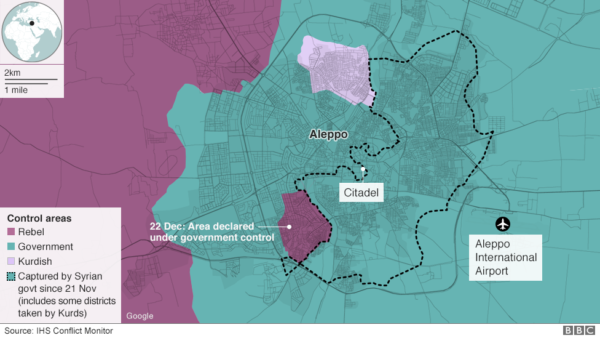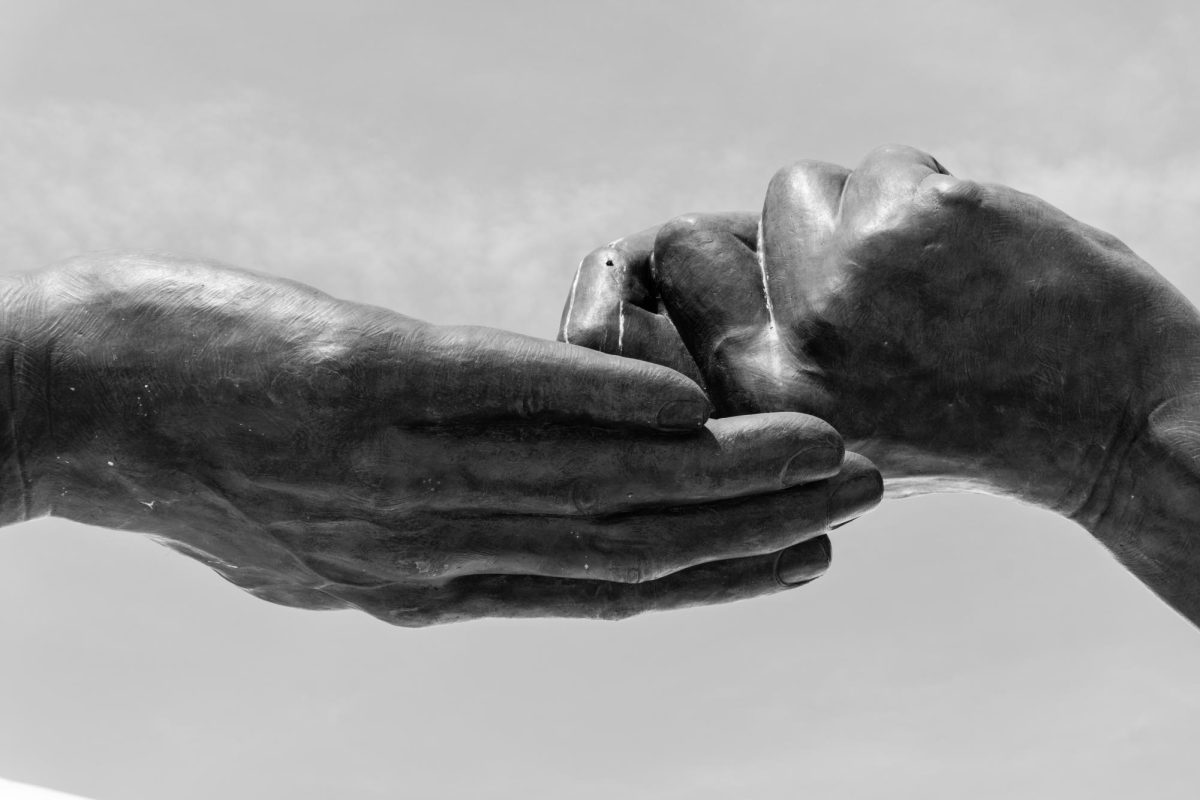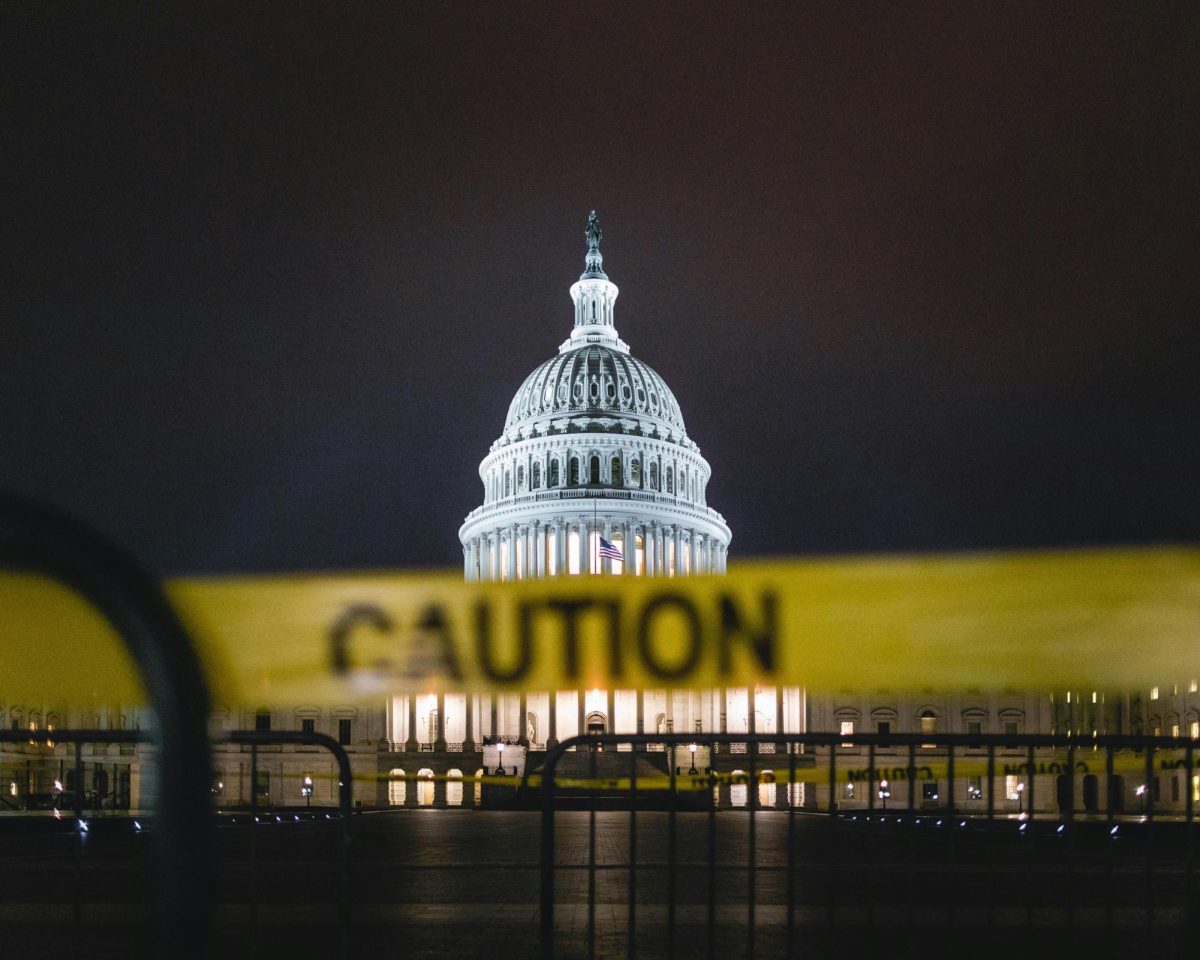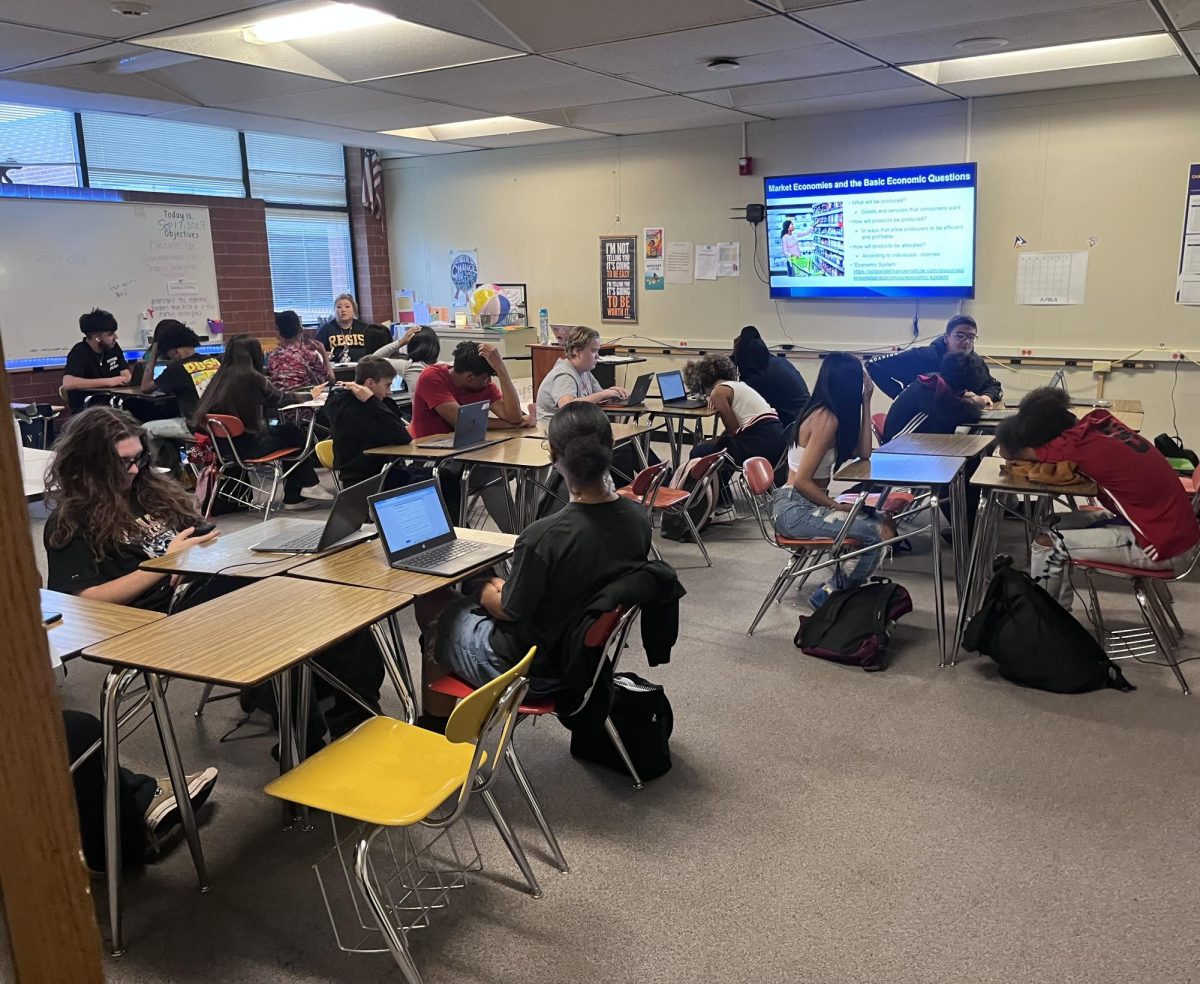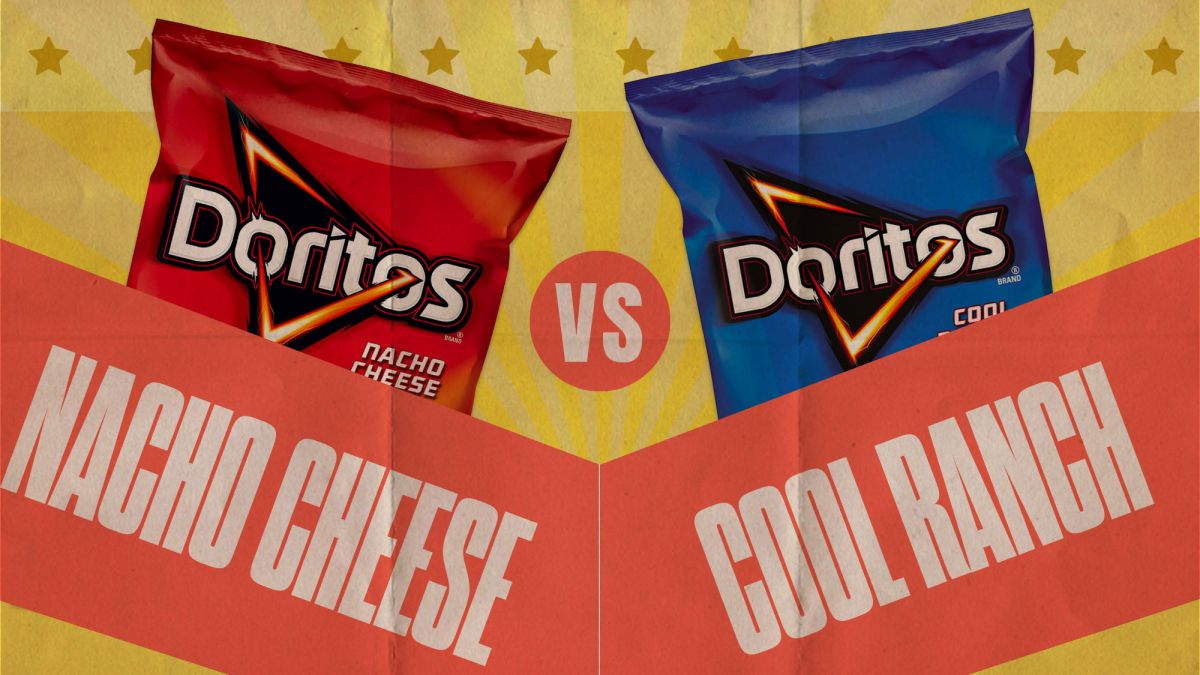Feature Photo credited to: BBC News – A map of the city of Aleppo and its control areas are displayed. The rebels originally made large advances in gaining control of Syria, but the government at the hands of President Bashar al-Assad regained mass control in recent years.
The tragic events that occurred in Aleppo within the last six years could have been your reality. The city within the country of Syria that once stood tall is now demolished. Were you even aware?
There is no more history, all that is left is memories. There are no more towering buildings or statues, only the ashes left behind of what used to be.
Prior to the disagreement, conflict, tension, and wars, lived around 2.5 million people existing in Syria’s largest city. Who could have predicted that the downfall of one of the most historical cities within Syria would have occurred simply because two teens were able to speak out against corruption through art?
On a day that may have not been so bright and sunny, two teens convinced each other to go through with spraying anti-government graffiti on brick wall. While in America the kids may have faced several minor charges, in Syria this was an abomination. Solution? To arrest and severely torture the two kids.
The date is March 15th, 2011. The location is Deraa, Syria where locals are influencing a nationwide protest. While 10 year old me was in the 5th grade learning about previous history from a textbook, current history was flying straight over my head.
According to BBC News, protests against the torture of the teens were peaceful, simply requesting for the children to be released. The government responded by killing four protesters on March 18th, 2011. The following day, a person was shot and killed by the government while attending the funeral held for the victims on March 18th.

Protests eventually spiraled into a full out war and there were several key factors to thank. A major factor, though, was President Bashar al-Assad. He was described as a “butcher,” “thug,” “dictator,” “oppressor,” and “murderer” by the New Eastern Outlook.
Aleppo became seen as a key battleground to Assad and the rebels who wanted to overthrow him.
Who are the rebels? This is where things get pretty messy. There was more than one group of rebels against the president and their government. The rebels consisted of those who disagreed with the president, political parties, and those living in exile who cannot return. BBC News estimates that there were over 100 rebel groups fighting against the government and Assad, a mob of over 100,000 people.
In early 2014, ISIS (Islamic State in Iraq and Syria) got involved and took advantage of the vulnerability of the country. ISIS began taking over areas of the country, and were eventually able to gain land in Eastern Syria.
Long-term, this meant rebels vs. the government and president (vise versa), government and president vs. ISIS (vise versa), and ISIS vs. the rebels (vise versa). The war in Syria became a deep rooted civil war, taking the lives of over a quarter of a million people.
In September of 2015, the US, UK, and several other countries joined together and began using airstrikes to attack fighters on the ground in Iraq. The UN (United Nations) began heavily supplying food rations and medical support.
Within the mix were several deaths, protests, and immigrant crisis. The government went as far as bombing shelters, schools, and three major hospitals, leaving those who just wanted peace at a loss for hope.
Countries such as Israel, Turkey, Lebanon, Iraq, and Jordan began accepting refugees as citizens began fleeing their homes. Yet, while people’s lives and homes were being destroyed, countries that could’ve accepted immigrants refused because of fear of terrorist… yeah.
In September 2016, a convoy of aid lorries were hit by an attack, and the UN decided to stop supplying aid to Aleppo. Many citizens posted goodbye videos as they saw their life coming to an end right before their eyes. To make matters worse, food rations were expected to run out by the end of November…

The year is now 2017 and over six long years have passed since 2011. The years have consisted of nothing but sorrow, destruction, and violence. News broadcasters are refusing to cover what will go down in history as a major tragedy, and you’re sitting here reading this at a loss for words.
So, what’s happening today? To sum it all up, the tears and blood have been shed, bags have been packed, feet have carried others to places elsewhere, and Aleppo no longer stands as what it used to be. Few have returned home to a place they can no longer recognize.
Was it all worth it? The fighting and rage, social outlets not doing enough coverage until it was too late to help, dispute over allowing refugees who had nowhere else to go? You tell me.
Want more information about what was?
- http://www.bbc.com/news/world-middle-east-38132163
- http://interactive.aljazeera.com/aje/2016/syria_why_aleppo_matters/
- http://www.bbc.co.uk/newsround/16979186
Below is a clip and photos of Assad and Aleppo, including clips of goodbye videos posted by Syrian citizens:
- http://www.bbc.com/news/world-middle-east-38662195
- http://www.telegraph.co.uk/news/2016/09/29/syrian-ambassador-laughs-when-asked-if-his-government-bombed-ale/
- http://www.cnn.com/2016/12/13/middleeast/syria-aleppo-goodbye-messages/
